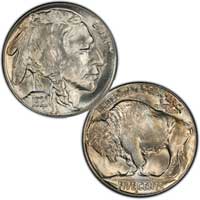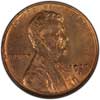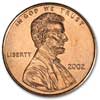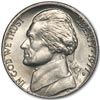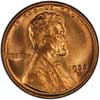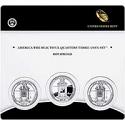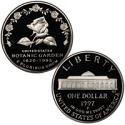Well struck coins are scarce and highly prized. Fully struck examples are virtually unknown. Most seen range in strike from fair all the way to awful, the reverse being particularly subject to extreme die erosion and incompleteness. The worst ones look like wax coins left to melt in the sun. The San Francisco Mint may have utilized elderly reverse dies left over from previous years, a seemingly common practice from about 1917 through 1926.
The typical 1920-S nickel has luster that is just so-so. Some are frosty, while others have the metallic sheen described previously as looking like “liquid mercury.†Minor planchet flaws, such as small lamination's and streaking, are not uncommon, though they’re less of a problem for this date than for 1921-S.
Varieties:
- One or more varieties are known with a two-feathers obverse (FS-1920S-401).
- At least one obverse cud and two varieties for the reverse are known.
| Philadelphia | Denver | San Francisco |
| 63,093,000 | 9,418,000 | 9,689,000 |

